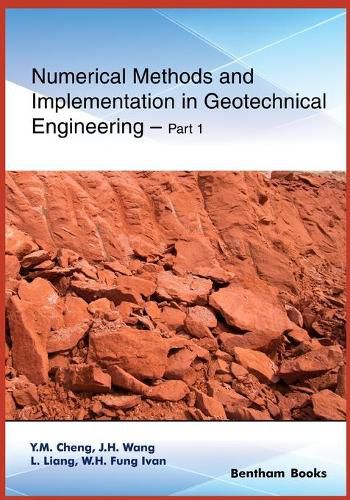Readings Newsletter
Become a Readings Member to make your shopping experience even easier.
Sign in or sign up for free!
You’re not far away from qualifying for FREE standard shipping within Australia
You’ve qualified for FREE standard shipping within Australia
The cart is loading…






Numerical Methods and Implementation in Geotechnical Engineering explains several numerical methods that are used in geotechnical engineering. The first part of this reference set includes methods such as the finite element method, distinct element method, discontinuous deformation analysis, numerical manifold method, smoothed particle hydrodynamics method, material point method, plasticity method, limit equilibrium and limit analysis, plasticity, slope stability and foundation engineering, optimization analysis and reliability analysis. The authors have also presented different computer programs associated with the materials in this book which will be useful to students learning how to apply the models explained in the text into practical situations when designing structures in locations with specific soil and rock settings.This reference book set is a suitable textbook primer for civil engineering students as it provides a basic introduction to different numerical methods (classical and modern) in comprehensive readable volumes.
$9.00 standard shipping within Australia
FREE standard shipping within Australia for orders over $100.00
Express & International shipping calculated at checkout
Stock availability can be subject to change without notice. We recommend calling the shop or contacting our online team to check availability of low stock items. Please see our Shopping Online page for more details.
Numerical Methods and Implementation in Geotechnical Engineering explains several numerical methods that are used in geotechnical engineering. The first part of this reference set includes methods such as the finite element method, distinct element method, discontinuous deformation analysis, numerical manifold method, smoothed particle hydrodynamics method, material point method, plasticity method, limit equilibrium and limit analysis, plasticity, slope stability and foundation engineering, optimization analysis and reliability analysis. The authors have also presented different computer programs associated with the materials in this book which will be useful to students learning how to apply the models explained in the text into practical situations when designing structures in locations with specific soil and rock settings.This reference book set is a suitable textbook primer for civil engineering students as it provides a basic introduction to different numerical methods (classical and modern) in comprehensive readable volumes.